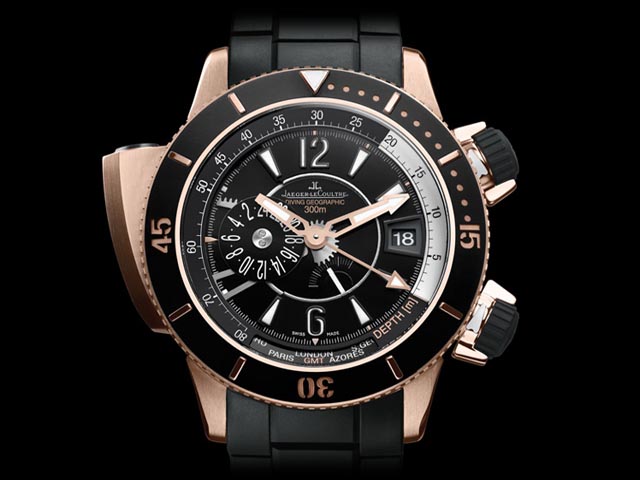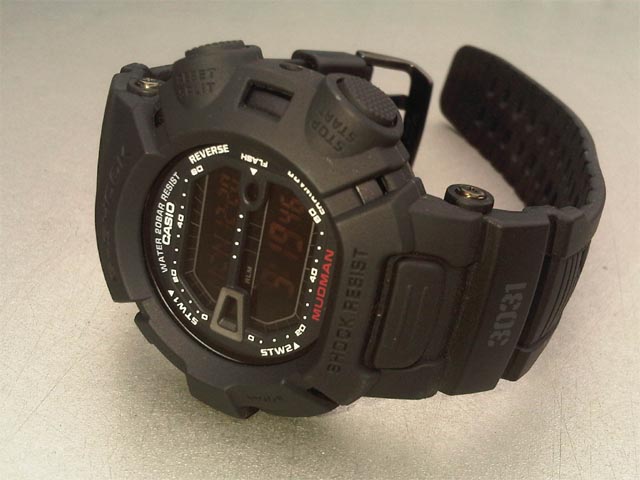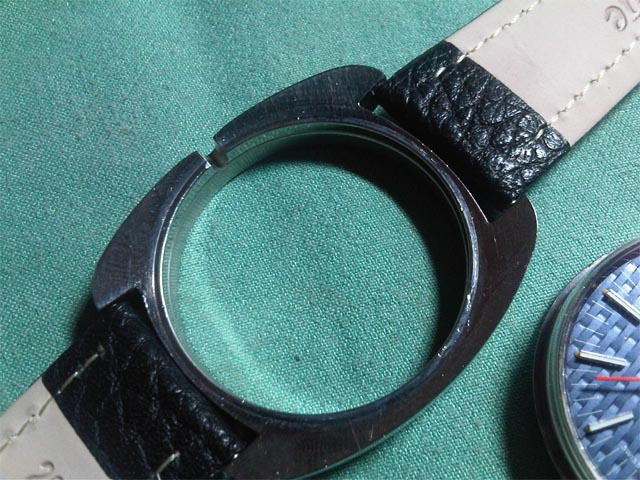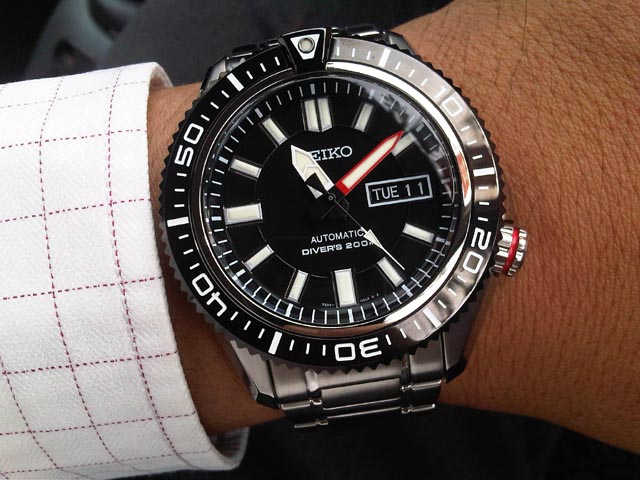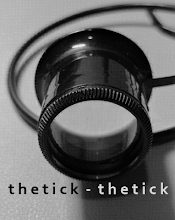Mechanical Watches as Personal Instrument
Like shoes, there are many type of shoes suit to usage and occasion. Being generic, shoes remain as shoes. Being niche; there are office shoes, jogging shoes, golf shoes, etc. Shoes are designed and manufactured for usage specific. To jog, to climb, to walk, etc. In horology perspective, a wrist watch is merely a timekeeper. It tells us time lapse by second, minute, hour, day, date, week, month, and year. It can also record time lapse (chronograph), countdown (like Regatta watches) timing, alarm triggering , show second time zone, or display the moon-graph or moon face in analogue fashion seamlessly with the timekeeping operation.
As precision engineering developed over decades, wrist watches have been developed from just a timekeeping device to become personal instrument. Among the earliest instrument watch we know of is the chronograph. Integrated with a slide rule along the dial, we can measure speed by time-lapse, distance over time, usage of fuel, GMT, World Time, second time zone, etc. These measurements are based on time lapse and differentials measured from the multi-hands operation. The simplest instrument watch that everyone knows is the diver watch - a timepiece integrated with time-lapse indexed revolving bezel. Still within timekeeping function, the watchmakers are challenged by the physics of the movements - to unleash other instrument functions beyond the mechanical boundaries.
The diver is a very basic mechanical instrument watch.
Mechanical Watch Limitations and Modern InstrumentsNot all modern instruments are microprocessor driven. We still depend on mechanical instrument. If not fully, partially, the instrument needs to be integrated with electronic equipment. A quartz powered analogue watch still runs on mechanical parts to regulate the timekeeping. At the most sophisticated level, mechanical instrument watches have been designed and developed to display analogue compass, temperature (with thermometer), atmospheric pressure and depth (with Barometer Gauge). One thing for sure, you need to pay handsomely to own these sophisticated mechanical instrument watches.
Jaeger-LeCoultre diver’s watch with mechanical depth meter; I can’t afford but love to have this true mechanical masterpiece.
Casio Electronic WatchesCheap brand, disposable Japanese gadget, inferior, teenagers' watch, and what else? We can hear many perceptions about this Japanese digital watchmaker. Their watches are relatively cheap compared to the mechanicals. Essentially, they can provide what the mechanicals can’t do! Electronic by virtue, the Casio watches provide many instrumentation features and functions at affordable price. I always keep one digital Casio with me. Cheap, basic one bought just for time synchronization with my mechanical watches. I didn’t bother much to explore Casio’s extensive models and features especially the quartz powered analogue timepieces.
The famous Casio G-Shock – radical, young looking timepieces. Picture taken from www.casio-intl.com.
The Quest for Instrument WatchesMechanical GMT-World Time traveller’s watch, complete calendar, diver, pilot, and chronograph watches! What else I could rake from the market if not these timekeeping-centric instruments? Bored of mechanical? Not me. But, yea… why not digital instrument? Excuse me fellow mechanical collectors. Don’t laugh ok! Discretely I study the Casio. Sincerely, I have to put my perception aside and admit that Casio is the world leader in producing advanced electronic watches. It answers what the modern world needs for personal instrument in the form of timepieces. Technology wise, they are second to none in advanced electronic watch manufacturing. Being different from other watchmakers, Casio is very focused in its production whilst continuous adoption of advanced timekeeping and instrumentation technology. Depending on microprocessors and sensors, Casio have produced various digital instrument watches. They answer my quest for instrument watches. Hence, the price is affordable. These two factors are utmost important to me. Based on advice from some friendly Casio-craze fans, I manage to acquire a few models to start my collection.
My limited edition Military Spec MUDMAN
The G-ShockAmong the many Casio watches; the G-Shock is the most sought after model by digital watch collectors. This radical designed plastic resin watch is famous of its tough and ruggedness. Besides being well constructed to withstand harsh environment; the G-Shock offers various instrument functions to suit usage purposes. From basic sports timer chronograph to the sensor triggered altimeter, G-Shock offers variety of colours, shaped, analogue, digital, and combo functions. The G-Shock signature model includes the Glide, Mudman, Gulfman, Riseman, Frogman, Wademan, and the latest aviation model – the digital-analogue Gravity Defier. All are battery powered and comes with various editions and specifications. Not like the mechanical watches, the movement behind the façade is called the module. Beside standard timekeeping and chronograph, every module operates various features and functions.
Skydiving? Mountain climbing? This RISEMAN equips you with Altimeter, Barometer, and Temperature sensor.
Seafarer’s gear – the Casio GULFMAN calculates and indicates sea level seamlessly with moon face (tide and moon graph).
The Tough Solar and Intelligent Power ManagementCompared to Citizen’s Eco-Drive, Orient Light-Powered, and the recently introduced Seiko Solar; the light powered Casio Tough Solar proposes a much better thermal and electrical energy management system. Using the same principle, the Casio watches with solar technology receive thermal and electrical energy that recharges the watch batteries through "solar panels" on the watch dial. The solar panel converts even weak illumination from fluorescent lighting into electric power. A rechargeable battery with a large power storage capacity supports stable operation of various functions with high electricity consumption. One thing I like about the Tough Solar is that I don’t need to worry about the battery running down because it's a solar battery. The Casio Tough Solar panel is noticeable by its purplish colour. Come in various shapes, the solar panel is fabricated as the watch display frame.
My Casio PRO TREK PRG-200 Tough Solar with six push buttons; big digital display with compass, temperature, altimeter and barometer. Comprehensive but doesn't come with tide and moon-graph.
The solar panel is also built as a sensor where it detects the absence of lights. Once the Power Saving (PS) mode switched-on; the watch display automatically turned-off when left static in the dark. The minute we press any button or start wearing the watch, the display will be automatically turned-on. I don’t need to explain about the Casio standard Electro-Luminescent (EL) feature. Once the PS is on, the EL will be disabled automatically when operated in bright daylight or in intense lighting condition. This is a true intelligent power management! Like mechanical watch power reserve analogue indicator, the Tough Solar comes with digital power indicator. Tough Solar, PS, and EL; I love them all.“Hello my dear hubby. Why you want to keep these cheap looking watches? My wife asked me after observing the many G-Shocks in my possession. My simple answer to her – shocking revolution! The G-Shock shakes my savings. Better be rational about it.” – thetick-thetick


